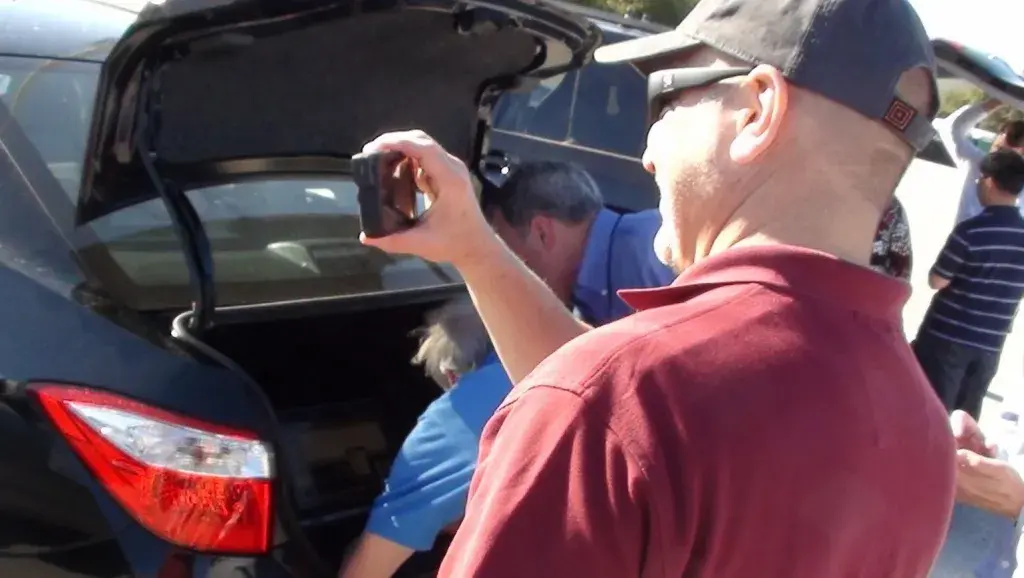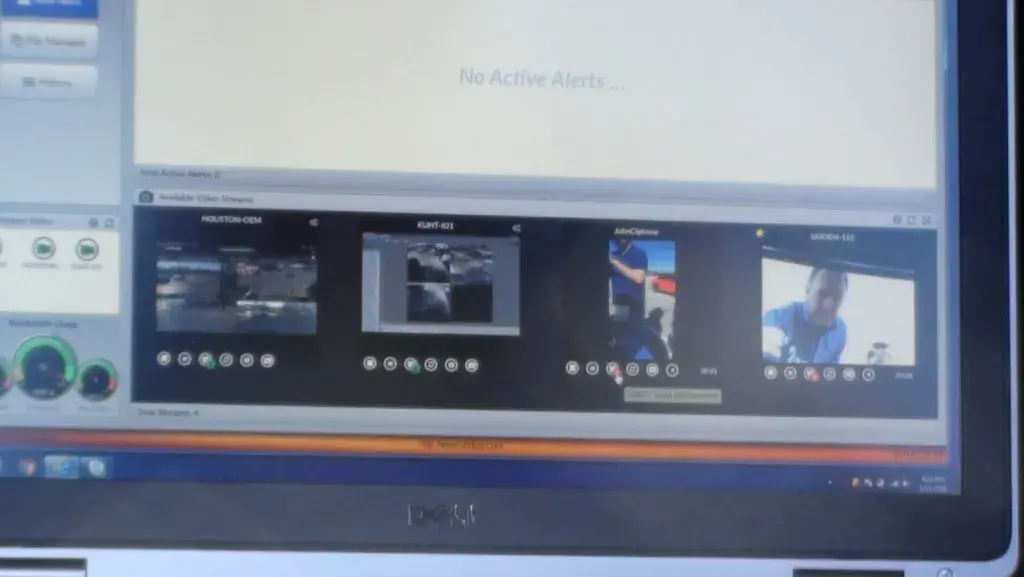During the week of February 9-12, the Department of Homeland Security Science and Technology Directorate (S&T) and partners participated in testing of the award winning Datacasting Project in Houston, Texas. Under the direction of S&T, the Johns Hopkins University Applied Physics Laboratory successfully tested the integration of a prototype datacasting system and a deployable cellular Long Term Evolution (LTE) communications system.
 Datacasting leverages available bandwidth in digital television signals to provide secure, targeted broadcasts of data, including voice, text, files, images and video for public safety use. Because it uses TV station infrastructure, datacasting is considered highly reliable, especially during emergencies. The deployable Band 14 (700MHz) LTE solution allows first responders to create ad hoc LTE networks in areas lacking commercial carrier or other wireless coverage.
Datacasting leverages available bandwidth in digital television signals to provide secure, targeted broadcasts of data, including voice, text, files, images and video for public safety use. Because it uses TV station infrastructure, datacasting is considered highly reliable, especially during emergencies. The deployable Band 14 (700MHz) LTE solution allows first responders to create ad hoc LTE networks in areas lacking commercial carrier or other wireless coverage.
This testing involved the technical aspects of both datacasting and LTE systems, and it emphasized the ability to integrate these systems into larger telecommunications architectures that could be used in support of public safety. It also expanded on initial testing from two successful datacasting pilots conducted in summer 2015 and allowed for the opportunity to test enhancements made based on lessons learned from the pilots.
The initial configuration from last summer’s pilots supported message initiation and data transmission from a single point location. For this test, the configuration was expanded to support control and data transmission from multiple sites and to provide access to video streams from multiple locations. During the course of the week, transmissions were executed from the University of Houston’s Office of Emergency Management (OEM), the City of Houston OEM, the Houston City Hall Annex, Harris County, Houston Public Media (Public Broadcasting Station KUHT), NRG Park and other locations around downtown Houston.
Various FirstNet-compatible Band14 LTE network topologies were incorporated with the datacasting network. This demonstrated the interoperability between two disparate systems to capture and deliver live video feeds from the field using a LTE network transmission to the datacasting network. Smartphones were used to capture live video and upload using the LTE network to the datacasting system, allowing these videos to be broadcast to intended recipients. Using the datacasting system to stream these videos also ensures that traditional public safety networks are not congested.
 Additional tests were conducted to assess the ability to use the datacasting system concurrently from different sites, as well as the ability to integrate the deployable LTE system and the datacasting system to local wireless networks. The test team successfully configured the deployable LTE system in both stand-alone and mesh configurations, and successfully configured both systems to interoperate with multiple local networks.
Additional tests were conducted to assess the ability to use the datacasting system concurrently from different sites, as well as the ability to integrate the deployable LTE system and the datacasting system to local wireless networks. The test team successfully configured the deployable LTE system in both stand-alone and mesh configurations, and successfully configured both systems to interoperate with multiple local networks.
As the nation’s first-of-its-kind proof-of-concept, this testing determined the datacasting system’s capability can be further enhanced when used in combination with Band 14 LTE to provide a means for basic bi-directional data sharing from the field. Datacasting equipment used in these tests will remain in place in Houston.
A final report summarizing the testing and findings is being prepared and will be posted this spring. As Houston often hosts large special events, it is anticipated that datacasting will be used to help provide information to first response agencies working those events. As these events occur, additional lessons learned and use-case information will be prepared and shared on FirstResponder.gov.
S&T is currently looking to identify other potential public safety partners and pilot locations for 2016 to test additional capabilities. Interested responders should send an email to first.responder@hq.dhs.gov.
